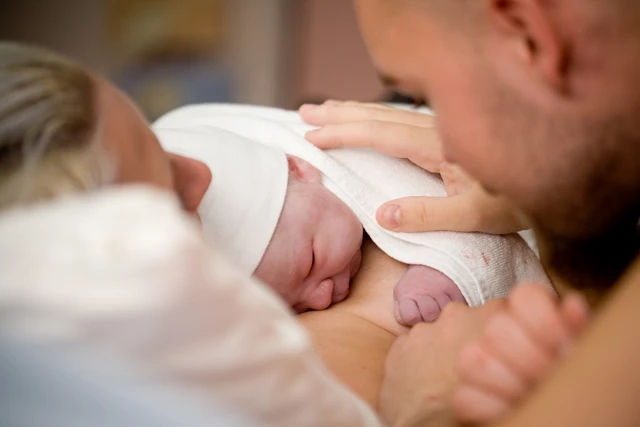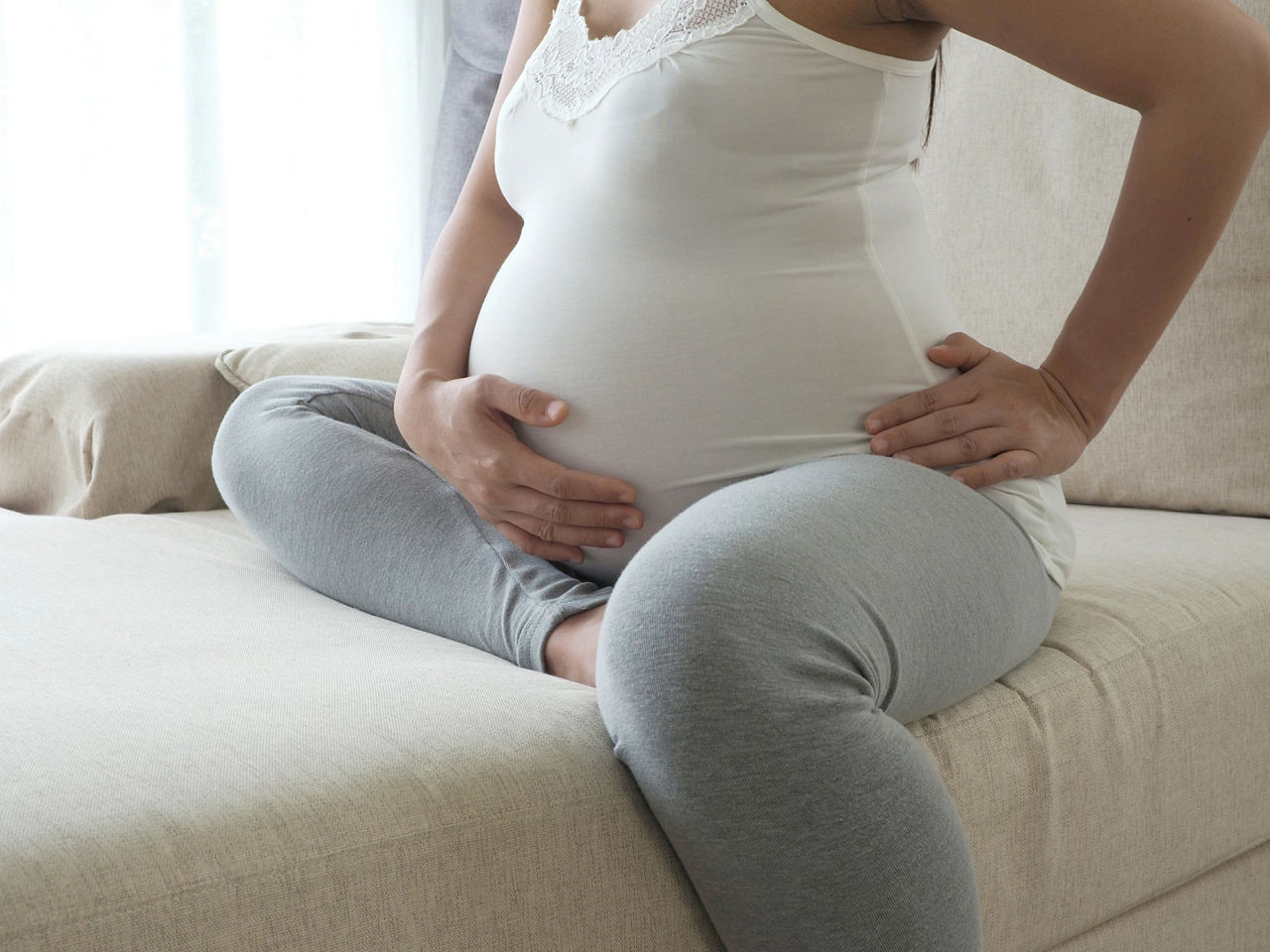Preparing and planning for birth
As a birth partner, feeling confident when the time finally comes is all down to preparation and planning. Understanding labour means you’ll not only feel well-prepared for the supporting role you’re going to play on the day, but you can also help your partner decide on birthing options that suits them best.
Read on to learn more about you and your partner’s birthing options, spotting the early signs of labour, and getting to the hospital.

Your partner’s birthing options
There are a number of birthing options available to parents to be – the decision comes down to what your partner is most comfortable with, and what her and her midwife think is best for the baby.
- Hospital birth – the most common type of birth in the UK. In hospital, you’ll have doctors and midwives on hand to help with specialist care for an added level of reassurance.
- Home birth – if your partner would prefer to be in a more relaxed and familiar environment, there may be the option of a home birth. Because your partner will be unable to have an epidural at home, and a chance that they may need to be transferred to a hospital if they require emergency care, this decision should be made with your midwife. You can read more about home birth here.
- Birth centres – some local NHS trusts offer the option of birthing centres. These spaces are more homely than a hospital and you’re more likely to have a straightforward birth. They often include facilities that your local hospital won’t, such as, family accommodation, water pools and complementary therapies.
- Water birth – birthing pools are used to mimic the environment of the womb, meaning that the delivery is less stressful and less of a shock for the baby. Your partner can have a water birth at any of the above locations, even at home, where you can hire a birth pool for the delivery.
Choosing a birthing option is entirely down to you and your partner, so long as there are no health concerns or complications during the pregnancy. You and your partner are free to change your mind at the last minute, and your midwife unit will do everything they can to accommodate your decision. Just make sure you’re clear on what your partner wants and doesn’t want so that you can make decisions on her behalf when she’s preoccupied.
Spotting the signs of labour
There are certain signs you’ll spot when your partner has gone into labour, and although she’ll probably know, it’s worth you getting to know them too:
- Contractions growing in frequency and intensity.
- Lower back pain and pain in the bottom of your partner’s bump.
- A ‘show’ – a plug of mucus that comes away from the vagina.
- Your partner’s waters breaking – although this happens at a different time in every labour.
When your partner thinks she’s in labour, it’s time to call the midwife. Make sure you have the midwife’s telephone number to hand, in case you need to make the call for your wife. The midwife will be able to speak to you and tell you when you should go into hospital, unless, of course, your partner has opted for a home birth. Using a contraction timer will help you keep track of the length and frequency of the contractions and help your midwife to calculate how the labour is progressing.

Getting to the hospital
You might feel under quite a lot of pressure driving or accompanying your partner to the hospital, but there are ways to prepare for the big day:
- Look into different routes to the hospital in case the normal route is jammed.
- Test the routes out so you know how long each will take.
- Check the parking situation and make sure that if you need to pay, you’ve got the coins to hand.
- Practise fitting the car seat. A suitable rear-facing car seat is a legal requirement if you plan to drive home from the hospital, in any vehicle, including a taxi.
- Car seat tip: fit it and keep it in your car beforehand so there’s no chance of forgetting it on the day.
The hospital bag
It’s likely that your partner’s hospital bag will be packed and ready to go weeks before the birth. However, when labour kicks in, her mind may be elsewhere, so be sure to pick it up on the way out of the door, along with her birth plan and maternity notes.
Don’t forget that you’ll need some bits and pieces, too. You may want to pack a separate bag for yourself, including:
- A change of clothes.
- Basic toiletries – toothpaste, toothbrush, deodorant.
- Snacks and water.
- Loose change for the car park.
- Any regular medication you may need for yourself.
- Painkillers – you may need them, as well as your partner.
- A camera – make sure it’s got plenty of battery life.
- Fully charged mobile phone – the stopwatch function can be handy for timing contractions.
- A bit of entertainment as labour can be quite long – music, a book, or even download a film.
Arriving at the hospital
The first step when you arrive at the hospital is for your partner to be checked over by a midwife. If your midwife decides that her labour has not progressed far enough yet, you may be advised to return home so that she can be in a more relaxed environment.
If you stay in the hospital, she will be given a bed in an early labour ward where the midwife will go through her birth plan with her – make sure you’re part of this conversation so you know what to expect. When the labour progresses, your partner will then be moved to the delivery room.
If you arrive at the hospital when your partner is in full labour, she’ll be taken straight to the delivery room where your midwife will go through her birth plan with her. If things are moving quickly at this stage, you will need to step in, so make sure know her preferences on:
- Pain relief.
- Birthing position.
- Skin-to-skin contact with the baby when it arrives.
If your partner needs a caesarean
Some women find out they need a caesarean section earlier on in pregnancy, but if the birth is thought to be a risk to the mother or the baby, they may be informed during labour. If your partner does need a caesarean section, it’s nothing to panic about. It’s a straightforward procedure that usually takes around an hour, and your partner will be in good hands. After a caesarean, it can take around six weeks to recover, so you’ll need to give your partner more support at home.
Next steps
- Talk to your partner about which birthing options she’d prefer.
- Familiarise yourself with the signs of labour.
- Take a look at alternative routes to the hospital.
- Write a list for both your and your partner’s hospital bag.
- Get to grips with your partner’s birth plan.
- Give your partner confidence that you’re prepared for the birth.
Read next

Need some help?
You can get quick answers to common questions in our FAQs.
Alternatively, if you need help with general pregnancy or baby advice, or maybe on using or ordering our products - our expert team are always on hand to talk about feeding your baby.
- National Institute for Health and Care Excellence. Midwife-led units safest for straightforward birth [Online]. 2014. Available at: https://www.nice.org.uk/news/article/midwife-led-units-safest-for-straightforward-births [Accessed May 2020]
Last reviewed: 20th May 2020



